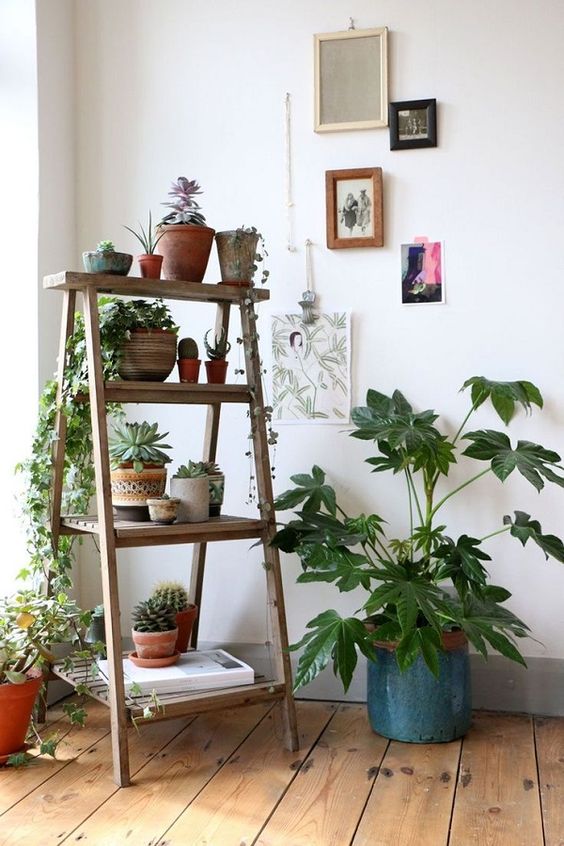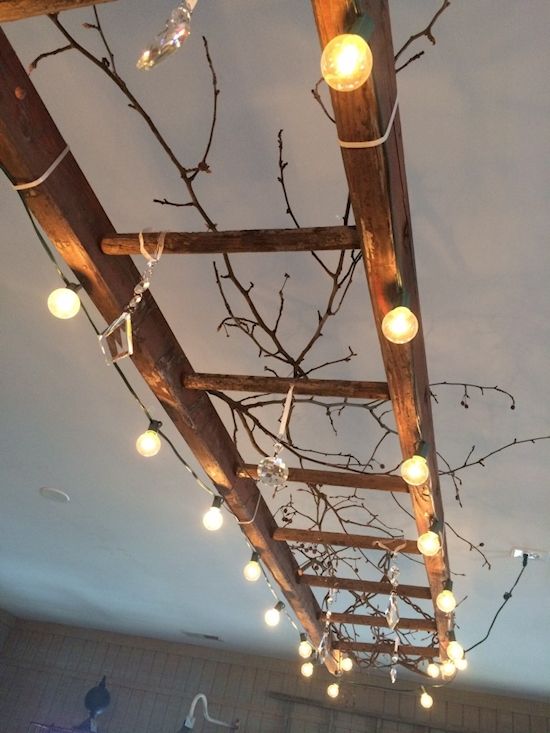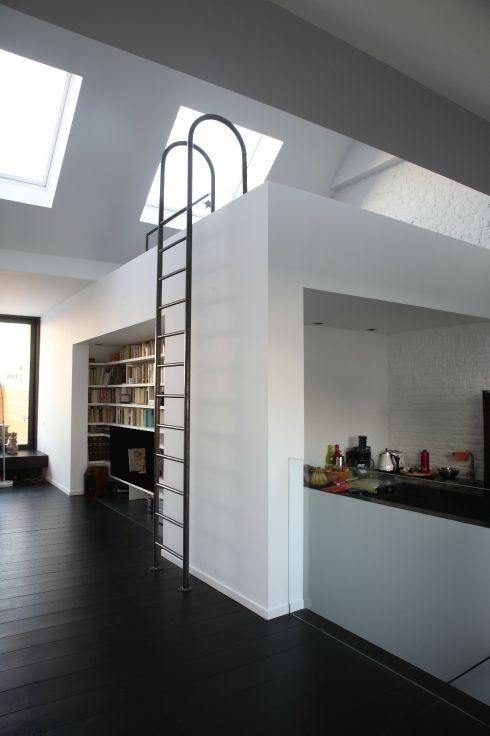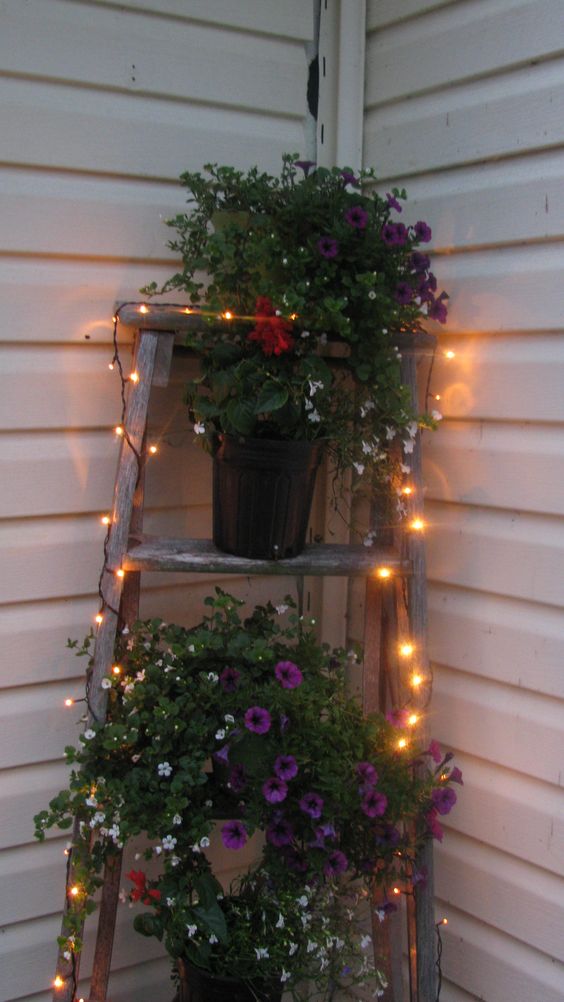Ladder Safety Tips to Help You Step Carefully into Christmas
Whether you resent it or not, there’s no arguing that it’s beginning to look a lot like Christmas. Unfortunately, as the holiday season approaches, hospitals around the country are preparing for the annual spike in injuries, brought on by seasonal activities, decorations and over-indulgence. From festive food causing burns, indigestion and stomach poisoning, to faulty fairy lights and Christmas wrapping that can end up in the mouths of little ones (not to mention cause housefires), the risk of hurting ourselves is made even greater by having less sleep and more alcohol.
One area where it’s especially important to stay safe is putting up your decorations. Ladder-related accidents account for a huge number of injuries at any time of year, both at home and in the workplace. Don’t let yourself become another statistic while you’re rocking around the Christmas tree or turning the front of your building into a winter wonderland; avoid making simple mistakes when using your ladder.
Do you need a ladder?
Firstly, ask yourself if you really need to use a ladder. If you’ve got as far as reading this article, then the answer is probably “yes”, but do double-check. Could you safely hang your Christmas lights from upstairs windows? Is there a sturdy step stool you could use to reach low ceilings? Can you use an extension pole to hook garlands around high-up areas? It is not possible in every scenario, but avoid using a ladder if you don’t really need one.
Choosing the right ladder
The safest ladder will depend entirely on how (and where) you’re using it. In order to be safe, it must allow the user to comfortably reach their work area without stretching, and offer stable footing on the surface below. You should also consider the material of the ladder – using metal rungs around live electrical currents would result in a very blue Christmas indeed.
The right ladder will be in a good condition, with all treads and grips intact – check that it is fully functional and secure before use. Look for safety classifications such as BS1129 or EN131, which indicate that the ladder has been certified to carry a certain load.
It’s important that you don’t just rely on the workhorse step ladder that you have in your supply cupboard or shed if it’s not actually suitable for the job. Investing in a second ladder will be much better than taking a trip to the hospital – or allowing your employees to use unsafe equipment.
Transporting your ladder
Most people focus on how they use a ladder in-situ and don’t consider what happens while it’s getting there. Ladder-related injuries are also common during transit, either by carrying it poorly or by knocking into your surroundings (or other people). If you’re carrying it manually, try to have one person at either end of the ladder, be aware of the space around you and take care when changing direction to make sure you don’t hit anything or anyone.
Using ladders safely
There are a few general safety tips that you should keep in mind when using ladders at any height. Whether you’re putting the final decoration on the top of the tree, or stringing lights around your guttering, you don’t want to end up walking in the air. Be mindful that you are:
- Gripping the rungs, not the side rails
- Facing your body towards the ladder
- Using a belt to carry tools, or asking someone to hand you items
- Maintaining at least three points of contact (contrary to popular belief, this can include your chest and knees as well as hands and feet)
- Keeping the top of extension ladders at least 3 feet higher than the platform you’re reaching
- Never closer than three rungs from the top
- Not over-reaching
- Wearing appropriate footwear
- Getting off the ladder from the bottom – never the side
Even if these steps are followed, it’s never a good idea to use ladders in wet or windy weather. No matter how excited you might be about a white Christmas, if you’re up a ladder outside and you begin to feel rain, sleet or snow, it’s always safest to leave the decorations where they are and resume hanging them once the bad weather passes – providing you don’t want a trip to the emergency room where you’ll be feeling quite lonely this Christmas.
Avoid simple mistakes
Covering the basics of ladder safety will prevent many common incidents. These include:
- Setting the ladder up on uneven ground
- Not following the setup directions
- Choosing a ladder that is not tall enough
- Using a damaged or faulty ladder
Avoid using the ladder on surfaces that aren’t flat and supportive – broken paving, gravel or soft soil is not appropriate – and make sure you use the ladder as intended. As we mentioned above, ensuring that the ladder provides sufficient reach is crucial, as is checking it for sturdiness before climbing it.
Of course, this safety advice doesn’t just apply to the most wonderful time of the year; whether you’re tackling the gutters or cleaning windows, it’s always worth brushing up on your ladder safety before you get started.













